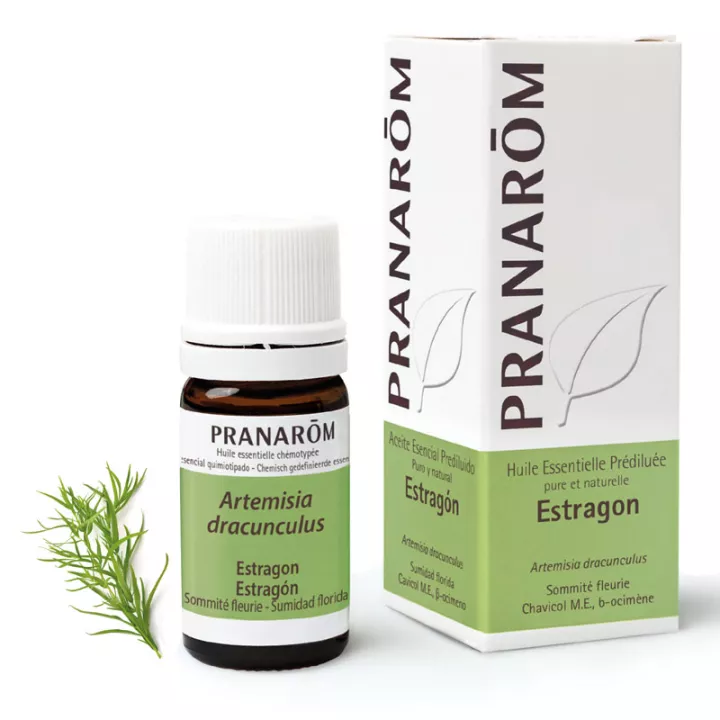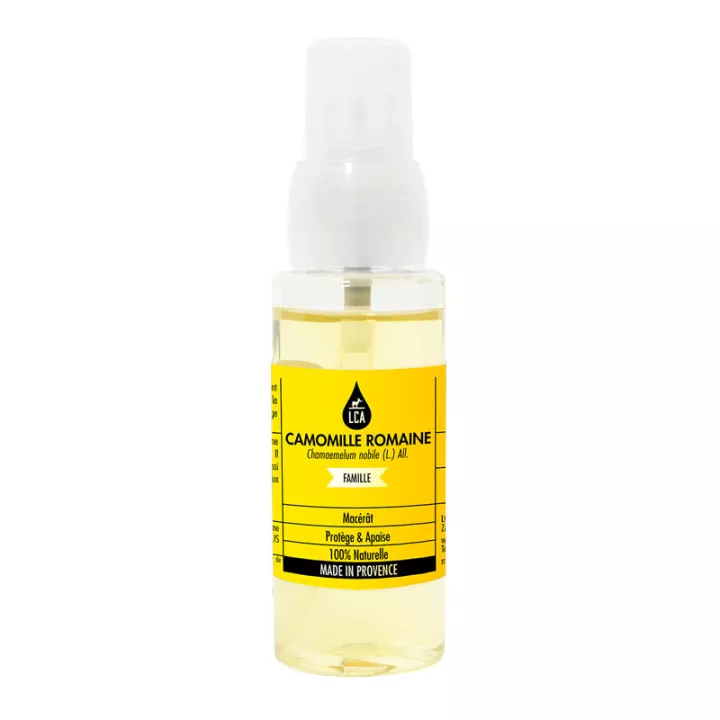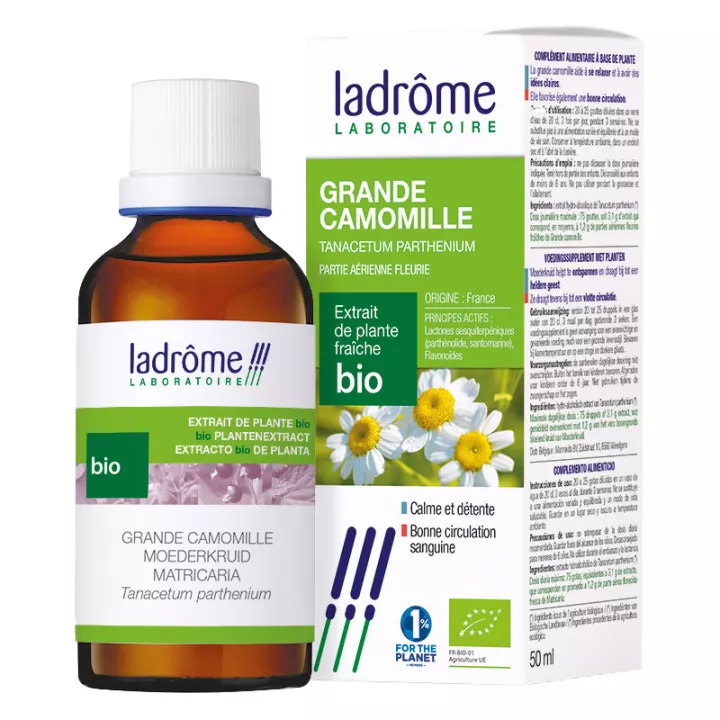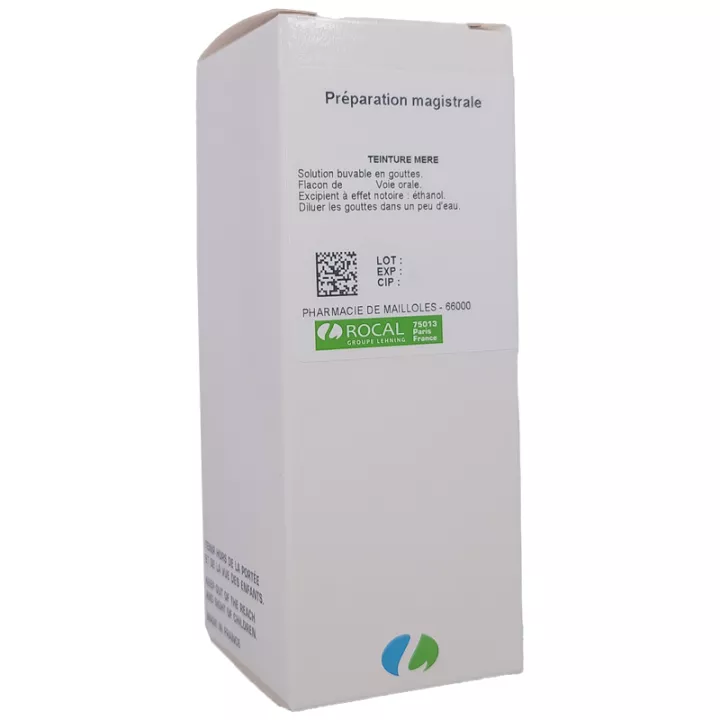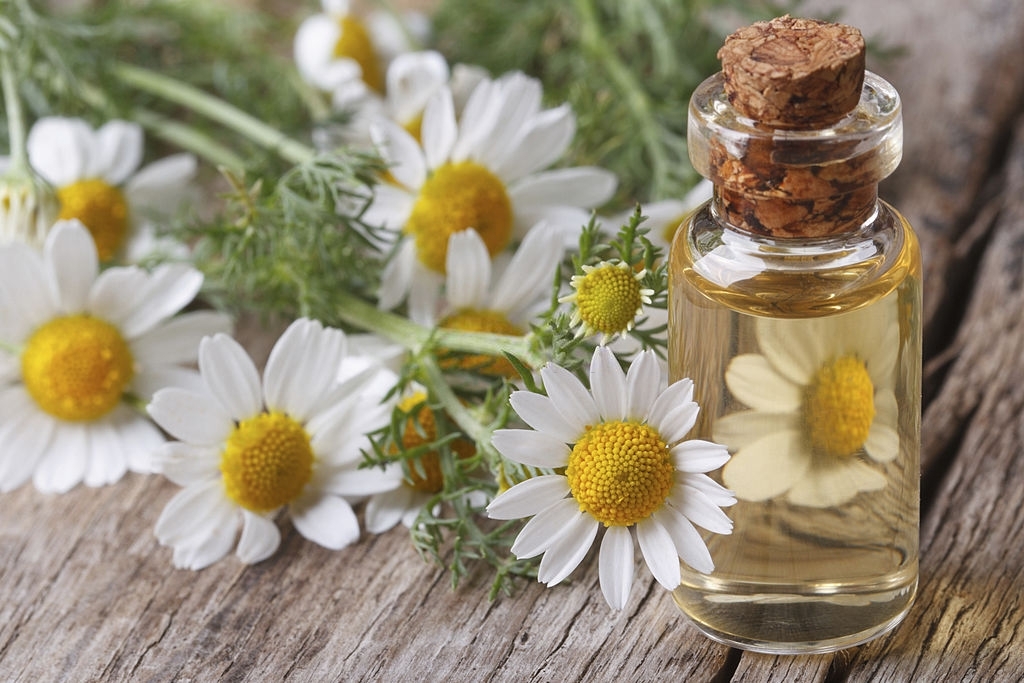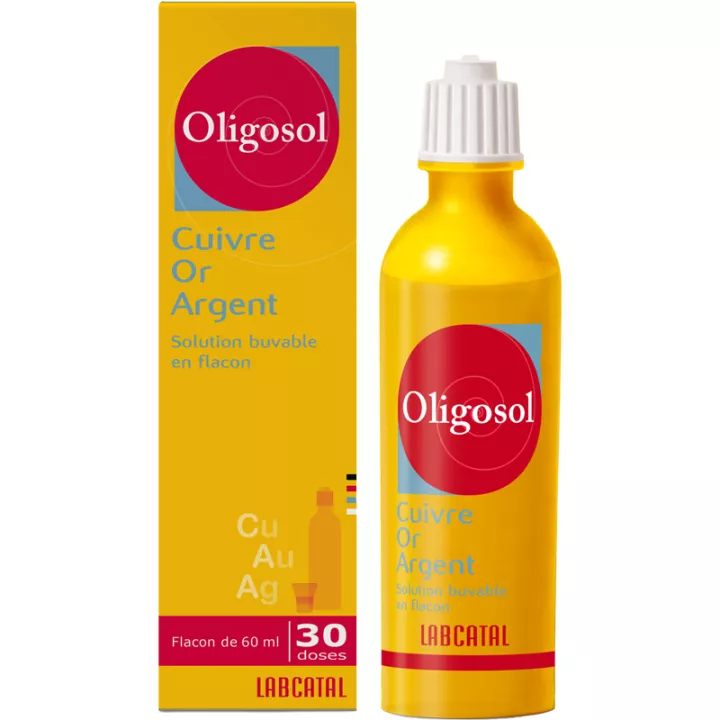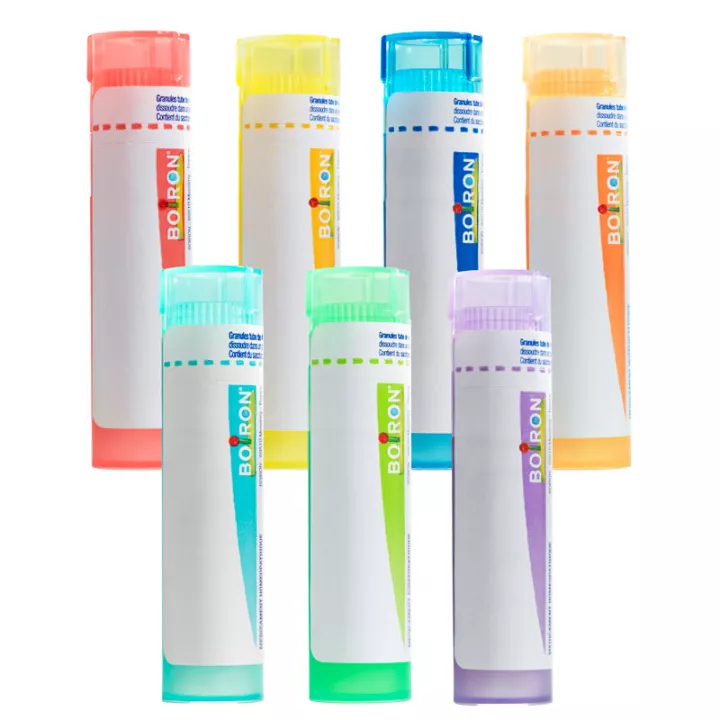What is Pranarom Noble Chamomile organic essential oil used for?
Noble Chamomile essential oil is remarkably rich in esters, with over 60% of these compounds, giving it relaxing and anti-depressant properties. The isobutyl angelate contained in this oil is renowned for its antidepressant effects. In addition, this oil is recognized for its digestive tonic, carminative and cholagogue properties, promoting digestion and relieving gastrointestinal disorders.
Chamomile essential oil has a calming and sedative effect on the central nervous system. It is often used to reduce anxiety, calm the nerves and promote relaxation and sleep. Its analgesic and spasmolytic properties make it a judicious choice for relieving muscular pain, neuralgia and nervous tension.
This essential oil has hypotensive properties that can help regulate blood pressure and improve circulation. It is also beneficial for calming palpitations and reducing tachycardia, offering natural support for cardiovascular disorders.
Noble Chamomile essential oil is used in a variety of therapeutic indications, including:
- Menopausal disorders, emotional shocks, emotional trauma, depressive states
- Neuritis, neuralgia, shingles, nerve trauma
- Nervous asthma, hypersensitivity, hyperkinesia, agitation
- Arterial circulation disorders
- Tachycardia, palpitations
- Insomnia, nightmares (children)
- Allergic conditions (asthma, eczema, conjunctivitis, pruritus, urticaria)
- Teething problems
- Soothing massages
Gentle and well-tolerated, Chamomile essential oil is perfectly suited to toddlers, for diluted cutaneous use or diffusion. It soothes infant colic, teething troubles, unexplained crying and sleep disorders. For adults, it is invaluable during emotionally intense periods: shock, grief, exams, mental overload. It's an essential oil for natural, safe emotional support.
We also offerLavender essential oil from the specialist aromatherapy laboratory Pranarom, at the best price in our online pharmacy.
How to use this essential oil
Dilute 5% Roman chamomile essential oil in wheat germ vegetable oil. Massage the solar plexus with this mixture.
Calming action, regulates the autonomic nervous system and the cardiac system, such as anxiety accompanied by palpitations.
What are the precautions for use?
- Beware of possible allergies to Asteraceae.
- Not recommended for pregnant or breast-feeding women, or children under 8 years of age.
- Risk of common allergy with other Asteraceae (yarrow, matricaria, arnica, etc.).
- Possible drug interactions (ask your pharmacist for advice)
FAQ - PRANARŌM Organic Chamomile essential oil
Is it suitable for children and babies?
Yes, from 3 months, as a gentle diffusion or diluted application. Ideal for soothing, calming and facilitating sleep.
Can it be used undiluted?
No, we recommend always diluting it in a vegetable oil for cutaneous application.
Is it suitable for diffusion?
Yes, its diffusion is gentle and very pleasant, especially for relaxation and sleep.
Can it be taken orally?
Only on the advice of a health professional. It is powerful and concentrated.
What is its composition?
Pranarom Noble Chamomile organic essential oil
Chamaemelum nobile or Anthemis nobilis - organic
Distilled part: Flowers
Aromatic molecules :
- Esters (82-90%) isobutyl angelate 32-40%, isoamyl angelate 15-20%, beta-methallyl angelate 7-10%, isobutyl isobutanoate 5-9%, 2-methylbutyl isobutanoate 2-5%, 2-methylbutyl angelate 4-6%, isopropyl angelate 1-2%, isobutyl methacrylate 1-3%, (Z)-2-methyl-2-butenyl angelate < 1%.
- Monoterpenols and alcohols (< 5%): transpinocarveol 3-5%, myrtenol < 1%, borneol < 1%, isobutanol < 0.1%, 3-methyl-1-butanol < 0.1
- Monoterpene hydrocarbons (< 4%): alpha-pinene 1-2%, beta-pinene < 1%, camphene < 1%.
- Ketones (2-5%): transpinocarvone
- Aldehydes (< 1%): myrtenal
- Acids (traces): angelic acid, isobutanoic acid
- Sesquiterpene lactone (nobilin)
Presentation: 5 mL dropper bottle



